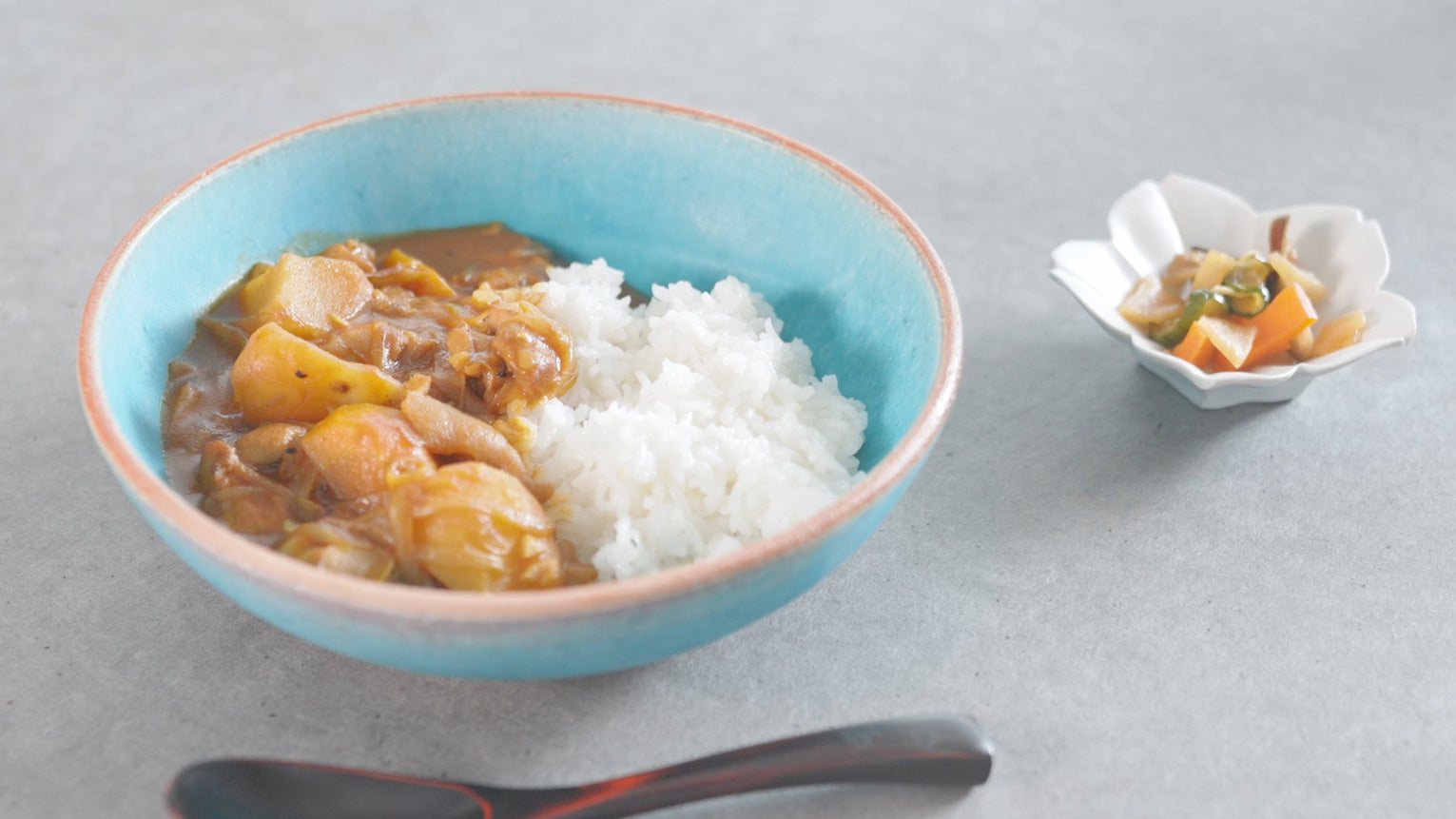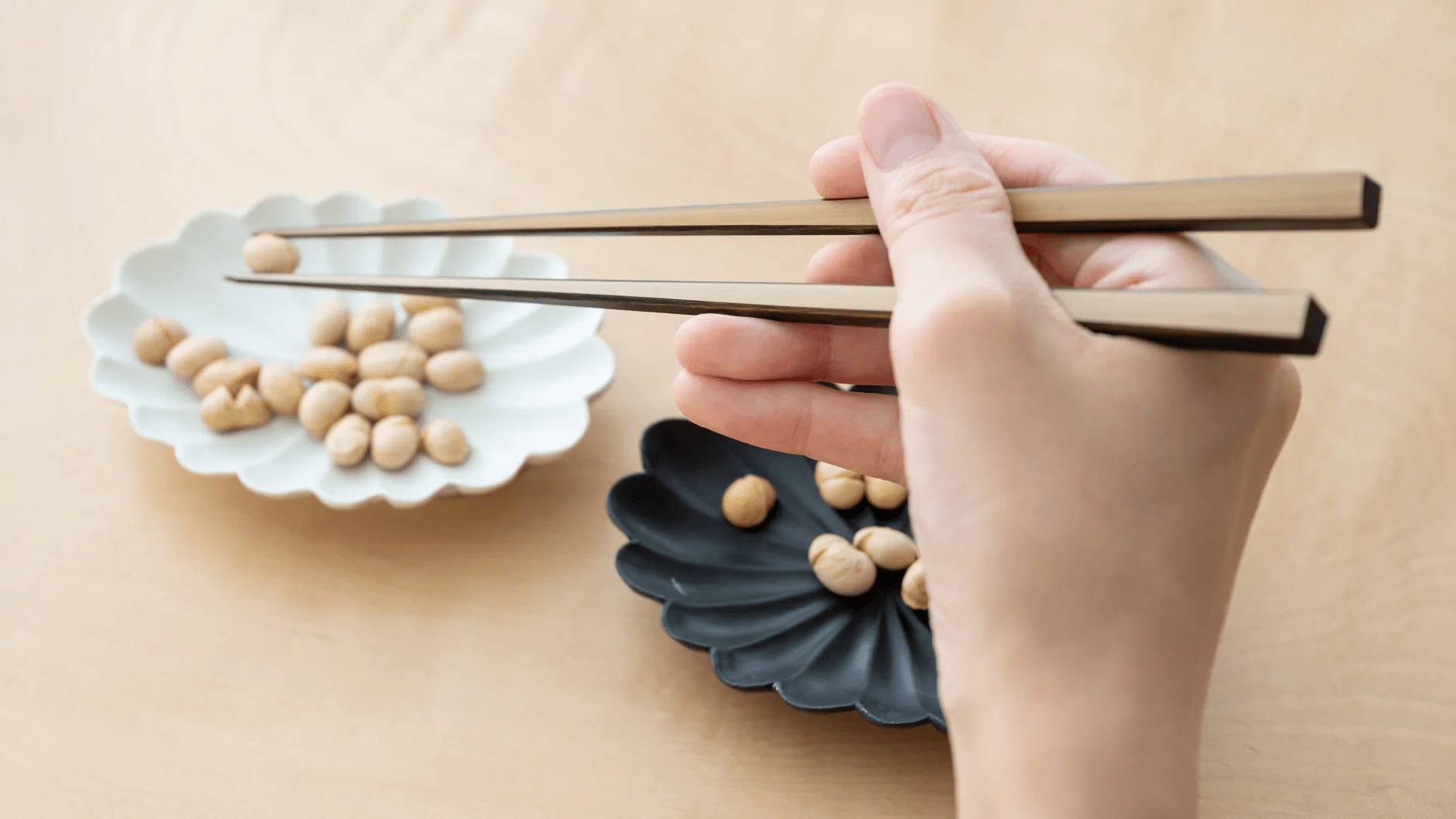
From Bends to Beauty: Exploring Suruga's Bamboo Artistry
Written by Yamada Minako
We visited the town of Suruga Bamboo Crafts in Shizuoka Prefecture. In the midst of July, a scorching day with temperatures surpassing 30°C (86°F) right from the morning unfolded. The journey from Tokyo to the region consumed roughly two and a half hours. The striking disparity between the sun's rays and the vibrant green landscape held an immensely exquisite quality.
tables of contents
Shizuoka Bamboo Craft Cooperative Association

We visited the Shizuoka Bamboo Craft Cooperative Association. It plays a significant role as a gateway to preserve the tradition of bamboo crafts by various artisans.
On the decorative shelves in their office, a wide range of bamboo crafts from relatively recent to those aged between 10 to 30 years were displayed. The beauty of the aged amber-colored pieces and the changing colors left me in awe. While the freshly made items are undoubtedly beautiful, the charm of bamboo crafts lies in how they slowly develop their taste and character over time. Newly crafted items have a white-ish appearance, but as they age, their color gradually transforms into a deep brownish shade.
We could select the items to handle in Musubi Kiln while carefully feeling their texture and weight in our hands.
Suruga Bamboo Basketry
During the Edo period (c. 1603 – 1867), it is said that a samurai from the Okazaki domain, who was on a journey, taught the delicate bamboo weaving technique using a bamboo strip to the craftsmen. Items such as woven bamboo pillows, hats, flower vases, and insect cages gained popularity among feudal lords, samurai, and travelers along the Tokaido highway for the "sankin-kotai system" ("alternate attendance system," a policy during the Edo period in Japan where feudal lords were required to spend every other year in the capital, Tokyo).
Suruga bamboo craftsmen created refined beauty by eliminating unnecessary elements while maintaining delicate craftsmanship.

In Japan, since the Heian period (794 CE - 1185 CE), there has been a cultural tradition among the nobility of appreciating the sound of crickets and bell crickets kept in insect cages to feel the changing seasons.
To ensure the tiny insects are not harmed, unlike other woven bamboo crafts, this particular craft is assembled with extremely delicate round bamboo splints. The slender and neat bamboo gives it a refreshing appearance, and even the shadows cast when it catches the light look gracefully beautiful. Seeing and touching the actual piece, I was even more amazed by the intricacy of its craftsmanship.
Workplace "Hanabusa"
Under the blazing sun outside, the round processed components of bamboo items were being dried.



First, the bamboo was softened using heat.



Since bamboo is a plant with high oil content, the removal of excess oil enhances insect resistance, durability, and also results in a cleaner surface and a polished appearance.

He told us that using locally sourced bamboo from Shizuoka has become increasingly challenging. Even the essential machinery for crafting has ceased production in recent years, forcing craftsmen to maintain and use their equipment meticulously for decades.
To preserve the culture of bamboo crafts, the Shizuoka Bamboo Crafts Association has been actively focusing on fostering new artisans. Thankfully, there has been a gradual increase in the number of young individuals joining the craft.
To experience the beauty of their finely honed skills in bamboo craftsmanship is truly something to behold. We hope you have the opportunity to witness and appreciate the exquisite artistry they create.








Leave a comment
This site is protected by hCaptcha and the hCaptcha Privacy Policy and Terms of Service apply.